Il a grandi dans une petite ville de Transylvanie, la même que celle d’Élie Wiesel, Sighet au sein d’une famille ultra orthodoxe .
A 14 ans, il savait déjà le Talmud par cœur et était reconnu dans toute la région pour son génie.
Comme Wiesel, il fut déporté adolescent à Auschwitz-Birkenau où toute sa famille fut massacrée.
A l’origine le Professeur Halivni s’appelait « David Weiss » mais après la seconde guerre mondiale, il décida de changer son nom car « Weiss » était le nom d’un garde nazi du camp de concentration où il avait été interné. Il pensa d’abord changer son nom en « David Halivni » car halivni en Hébreu signifie le blanc, de même que Weiss, en Yiddish signifie blanc. Mais il ne voulait pas abandonner complètement le nom de « Weiss » car c’était le patronyme de son professeur et grand-père, Yeshaya Weiss. Il opta donc pour David Weiss-Halivni.
Après la guerre, il fut emmené dans des maisons pour enfants rescapés aux Etats-Unis.
Il étudia pour une courte période à la yeshiva Rabbi Chaim Berlin de New York (Le célèbre "Pahad Itshak") mais était en désaccord avec le cheminement intellectuel.
Le hasard le mit en contact avec le plus grand talmudiste de sa génération le rabbin Shaul Lieberman qui l’invita à étudier et enseigner au Jewish Theological Seminary d’Amérique, institution affiliée au Mouvement Conservative (Massorti ).
Son impact sur le Jewish Theological Seminary a été profond. La pluspart des professeurs de Talmud du JTS suivent son approche critique des sources, ce qui a influencé la façon dont le Talmud est enseigné à leurs étudiants. On peut remarquer une nette différence entre la période pré-Halivni et post-Halivni au JTS en terme de culture et connaissances des étudiants Talmudiques. Halivni lui-même, a reconnu à de nombreuses occasions qu’il s’est avéré incapable de transmettre sa méthodologie à ses propres étudiants.
Halivni quitta le Séminaire dans les années 1980, suite à une controverse sur la formation et l’ordination de femmes rabbins . Il estimait qu’il y avait bien des procédures halakhiques pour ordonner des femmes rabbins mais qu’il fallait encore du temps avant de légitimer et d’institualiser cette procédure. Son désaccord sur la volonté du JTS d’ordonner des femmes conduisit à sa rupture avec le séminaire et à ce qu’il cofonde l’Union pour un Judaïsme Traditionnel.
Jusqu’à ces derniers temps, Halivni était le chef spirituel de la communauté Kehilat Orach Eliezer (KOE), dans l’Upper West Side de Manhattan, poste qu’il a assumé depuis la fondation de cette congrégation en 1992.
En 2002 il y eut une grande controverse, car de nombreux membres de cette communauté souhaitaient permettre aux femmes de monter à la Torah ce qui bien qu’appuyé par un récent (à l’époque) décret légal du Rabbin Mendel Shapiro, est encore contesté par de nombreux rabbins pour des raisons Halakhiques et sociologiques.
Halivni n’était pas très chaud pour cette pratique, et le dit à sa communauté : « Je vais l’autoriser, mais uniquement si elle n’a lieu que quelques fois dans l’année, dans une pièce séparée de celle du « véritable office ». Sa communauté n’autorise donc la montée des femmes à la Torah que sous des conditions très restrictives. Malgré tout, même ce « compromis » s’est avéré bien trop libéral pour certains membres. Et dans l’autre camp, tous les membres plus libéraux qui étaient favorables à une approche du mynian beaucoup plus égalitaire se sentirent également frustrés par l’échec de la tentative à la communauté KOE de faire participer les femmes à l’office principal.
Il est l’auteur de Mekorot u’Mesorot, un commentaire du Talmud , prévu en dix volumes qui restera incontestablement son œuvre principale. Il est aussi l’auteur des volumes en langue Anglaise Peshat and Derash, Revelation Restored, de ses mémoires The Book and the Sword (traduit en français), etc… Le Rabbin Halivni fut également Littauer Professor de Talmud et Etudes Classiques Rabbiniques au Département Religion de l’Université de Columbia aux Etats-Unis. Il est Directeur de la Metivta de l’Union pour le Judaïsme Traditionnel une dissidence plus conservatrice du mouvement Massorti .
En Juillet 2005, David Halivni qui a pris sa retraite de l’Université de Columbia, a émigré en Israël. Il enseigne désormais à l’université israélienne de Bar Ilan.
Il vit aujourd’hui à Jérusalem.
[*En 2008 son oeuvre est couronnée par le prestigieux prix d’Israël de recherche talmudique.*]
Les raisons qui ont convaincu le jury dans son choix, sont « le fait qu’il est l’un des plus grands chercheurs en ce domaine, et que par sa personnalité, ses méthodes et ses recherches, il a réussi à faire une synthèse entre les méthodes d’étude classiques et les conceptions modernes de la recherche. »
Le Prof. Halivni a notamment introduit un tournant notoire dans ce domaine, grâce entre autres à son commentaire scientifique et historique du Talmud de Babylone, dans son œuvre « Mekorot ou-Massorot » (Sources et Traditions »).
Méthodologie critique de l’étude du Talmud :
Sa méthodologie de « source-critical analysis » du Talmud est controversée par la plupart des Juifs Orthodoxes , mais acceptée par la communauté non-Orthodoxe , et par certains des Orthodoxes Modernes. Elle fait par contre l’unanimité au sein de l’université. Halivni appelle les rédacteurs anonymes du Talmud : Stammaim, ce qui les situe après la période des Tannaim et Amoraim, mais avant la période Geonique. Il avance que ces Stammaim sont les récipiendaires de décisions tannaiques et amoraiques succinctes et qu’ils s’efforçaient de combler les précédents raisonnements et argumentaires de telles décisions apodictiques. La méthodologie employée par Halivni dans son commentaire Mekorot u’Mesorot s’efforce de présenter sa propre réflexion sur le contexte et la méthode correcte d’importation de ces jugements et démontre comment les Stammaim Talmudiques commettaient parfois des erreurs de compréhension du contexte originel.
Un autre aspect controversé de la pensée de Halivni est sa tentative dans ses livres Peshat and Derash et Revelation Restored d’harmoniser la critique biblique avec la croyance religieuse traditionnelle. Il a développé un concept qu’il appelle Chate’u Israel dans lequel il affirme que les textes bibliques originellement donnés à Moïse ont depuis été irrémédiablement corrompus.
Il est titulaire Docteur Honoris Causa des Universités de Haïfa, Lund (Suède), Gratz (Pennsylvanie), Tel-Aviv, Baltimore et Bar-Ilan, ainsi que de nombreuses autres distinctions remarquables, telles le Prix Bialik ou le prix « Present Tense » récompensant la meilleure œuvre en Pensée juive.
Pour beaucoup, Halivni, en tant que personne et comme chercheur, représente la survivance et la renaissance du Judaïsme européen traditionnel, décimé durant la Shoa. Durant sa carrière, il a « formé de nombreux élèves » selon l’expression de la Mishna des Pirké Avot, et ses ouvrages et publications lui ont valu une réputation internationale.
Il a écrit six volumes concernant ses activités de recherche, ainsi que de nombreux livres, parmi lesquels « Midrash , Mishna ou-Gemara », « Peshat Ve-drash », « Revelation Restored », ainsi qu’une autobiographie « Aleh Lo Nidaf ».
Liens internet
Article en français sur son travail talmudique :
http://www.scribd.com/doc/24337007/...
Nouveau livre de David Weiss Halivni sur la Shoa
Breaking the Tablets : Jewish Theology After the Shoah
By David Weiss Halivni, edited and introduced by Peter Ochs
Rowman & Littlefield, 144 pages, $21.95.
Extrait d’une critique parue dans le Forward
A central tenet of the violently anti-Zionist theology of Satmar Rebbe Joel Teitelbaum was that the Holocaust was a punishment for the Zionists’ secular perfidy and impudent impatience with the tarrying messiah. On the other hand, Teitelbaum’s theological nemesis, super-Zionistic Rabbi Zvi Yehuda Kook , the spiritual father of the Gush Emunim settlers’ movement, preached that the Holocaust, as the dark side of a grand apocalyptic Divine plan, was the horribly holy, but necessary, “cleansing” (his exact term) of the Jews from the impurities of the galut (exile), and thus the precondition for the ingathering of the exiles and the creation of the State of Israel. More recently, the former Sephardic chief rabbi of Israel, Ovadiah Yosef, pontificated on Israeli radio that the Holocaust was a punishment for the sins of the maskilim, the secularized European Jews in the modern period, and — in explaining its million martyred children — for the transgressions of their non-Orthodox ancestors whose souls had been reincarnated to possess their otherwise innocent little bodies.
It is to such theologizing — shared by an assortment of evangelical Christians “united for Israel,” Orthodox Jewish Zionists and Hasidic anti-Zionists — that the first section (“Prayer During the Holocaust”) of Rabbi David Weiss Halivni’s powerful collection of essays, “Breaking the Tablets : Jewish Theology after the Shoah,” is largely directed. This essay was originally commissioned by Israel’s Yad Vashem Holocaust Institute as an introduction for the publication of the personal manuscript transcribed from memory by the Satmar hazan , Naftali Stern, to lead Rosh Hashana services in the Nazi labor camp at Wolfsberg in 1945, at which Halivni was present. In it, he reminisces about the transformative effects of that experience, but also offers a compelling, scholarly repudiation of Yosef’s suggestion that the mass murder of Jewish children somehow reflected the will of the God of Israel.
Despite its subtitle, this volume offers both less and much more than a “Holocaust theology.” It presents instead a grand, if concise, summation of the masterful contributions, over more than a half-century, to both biblical and rabbinical text studies, and Jewish religious thought, of one of today’s greatest talmudic scholars. The book consists of four essays by Halivni, all prefaced by commentaries by Peter Ochs, that sharply synthesize his life’s work, from the early, bold critical textual studies of the Talmud , in his multivolume masterpiece, “Mekorot u-Masorot” (“Sources and Traditions,” 1968-2007), to his moving 1996 memoir, “The Book and the Sword : A Life of Learning in the Shadow of Destruction.”
The central thesis of “Breaking the Tablets” is that the history of the Jews is “bookmarked” by two diametrically opposing “revelations” : Sinai and Auschwitz. The revelation on Mount Sinai was the apex of God’s nearness to the Jews, while the revelation at Auschwitz was the nadir of God’s absence from them. Halivni’s conviction is that Auschwitz represents not merely God’s “hiding his face” from Israel, as a consequence of the Jews’ sins — a familiar trope in rabbinic theology — but also his actual, ontological withdrawal from human history.
For Halivni, the unprecedented horrors of the Holocaust defy any explication that might be culled from the sadly large arsenal of Jewish theodicy (the theological enterprise of justifying God in the face of suffering, innocent humanity) — from the talmudic ruminations about the destruction of the two Temples and the medieval Crusade chronicles, through to the rabbinical reflections sparked by the Ukrainian and Russian pogroms from the 17th to the 20th century. Through a sensitive reading of the same biblical source referenced by the likes of Hagee and Yosef, Halivni compellingly demonstrates that this un-prophesied pinnacle of evil has no precedent in the long Jewish history of suffering that started with the destruction of Solomon’s Temple. Children in death camps “suffered and died, but for nothing they had done,” he argues. Rather, “the cause of their suffering was cosmic.”
By “cosmic,” Halivni is referring to a world abandoned by God and given over entirely to the whims of evildoers. For him, the most compelling and urgent words of the Jewish liturgy after Auschwitz, and among the few that can be invoked with literal truthfulness, are from the central benediction of the Rosh Hashana Amida , in which God is implored to “rule again over the entire world in Your glory” — words that Halivni recalls being intoned by the inmates at Wolfsberg with more passion and kavanah, or inner intent, than anything he had ever before witnessed in a synagogue. These Jewish slave laborers’ pleas to God to restore His rule over humanity, to re-enter history, are understood by Halivni to this day as reflecting the total disappearance of divine providence from human affairs during the Shoah. There can be no theological explanation, let alone any political justification, for what happened in Auschwitz.
According to Halivni, the withdrawal of the divine presence was not a sudden disappearance of God that took place only in the 20th century. Rather, Auschwitz was the tragic culmination of an ancient, dialectical process whose first instance was Moses’ breaking of the tablets in response to the Israelites’ worship of the golden calf. The second chapter of “Breaking the Tablets” — which returns to the central thesis of Halivni’s most revolutionary book, “Revelation Restored” (1997) — provides a history of this dialectical process of God’s revelations and vanishings, as reflected in the history of the losses during times of idolatry, and restorations in times of religious revival, of the canonical texts of Judaism, from Torah to Talmud .
The ontological absence of God during the Holocaust was, in other words, preceded by a long history of eclipses of God’s will from what Orthodox Jews fervently believe to be Judaism’s immaculate, revealed sacred texts, both divine and rabbinic. Halivni’s most scholarly and original contributions to talmudical studies point to the many “bumps and fissures” in Jewish sacred literature and as such have served, quite deliberately, to undermine the religious authoritarianism and maximal claims to access to divine wisdom on the part of the experts in these very texts, namely, the rabbis.
Halivni’s disgust with those rabbis and preachers who offer theological rationales for the Holocaust is then part of his much broader dissent with the sanctimonious authority claimed by fundamentalist clerics. As such, it extends from outrage at the conceit inherent in claiming to “understand” Auschwitz as the handiwork of the Almighty to the more general arrogance inherent to the claims of many Orthodox rabbis to an overriding, divinely inspired authority in any matters of life and death, a philosophy referred to in religious circles as Daas Torah.
The source of such claims of authority, Halivni demonstrates, is the misconstrued medieval dogma of a dual revelation that allegedly occurred at Sinai : the written Torah of Moses and the oral Torah of the Rabbis. The central “title essay” of his book, “Breaking the Tablets and Begetting the Oral Law,” which concisely synthesizes several of his earlier, seminal scholarly works, offers a devastating debunking of the myth of dual revelation, particularly the tendency of rabbinical authorities to assert their personal views as “halakha le-Moshe mi-Sinai.” He traces the origins of this religious authoritarianism to the post-talmudic era, and explains its increasing assertion as being directly proportional to the ever-decreasing divine presence from the Jewish people in exile, whose most serious casualty was the corruption of the canon of sacred Jewish texts, beginning with the Torah itself, before its “restoration” by the scribe Ezra in the fifth-century BCE.
Just as Auschwitz demands a humble admission of incomprehension at God’s ontological absence, rather than theological justification, so does the manifold maculation of Jewish scriptures demand humility about the limitations of the rabbis’ wisdom, a modesty that Halivni finds increasingly, and disturbingly, lacking in the post-Holocaust era. He notes, with no small degree of annoyance, “Even in our days, the words of noted sages of the law — even when they are manifestly subjective and not based solely upon a weighing of the sources — are revered by their followers as if they emanated from the burning bush. An essential and healthy acknowledgement of any sage’s humanity and fallibility is missing in the zeal of the pious, and that lack, which leads to intolerance and rigidity, is a legacy of the medieval elevation of the oral Torah to the level of revelation.”
In Ochs, whose incisive academic introductions to each of the book’s four sections will be of particular interest to more scholarly readers, Halivni has found not only a fine editor but also a challenging interlocutor. Ochs synthesizes and contextualizes, in the larger field of modern Jewish studies, Halivni’s variegated writings — from his intrepid revisions of medieval rabbinical thinking about the dual nature of the Revelation at Mount Sinai to his equally daring rejection of contemporary fundamentalist Holocaust theology. Throughout, Ochs demonstrates how Halivni’s original approaches situate him between the usually conflicting worlds of modern critical Jewish studies and traditional, yeshiva-centered rabbinical scholarship, and how these are harmonized in Halivni’s life’s work. More important, Ochs makes clear the unity of his teacher’s oeuvre, behind which is a consistent refusal to accept the frequently dogmatic resolutions of difficult — or, in the case of Holocaust theology, impossible — problems that characterize the certitudes of the critical approach of “objective” modern scholars of religion and the irrational theology of many Orthodox rabbis.
In the end, however, Halivni’s work, like his personal life, is actually one of deep piety and heroic belief in the shadow of the death camps that he survived. His polemic with the certitudes and cover-ups of flawed sacred texts by the Orthodox is motivated by pure, almost naive to my lights, faith in God and an abiding faithfulness to His law. Halivni is ever careful to distinguish between his own critical scholarship and theological doubt, on the one hand, and on the other his abiding search for what he call Torat Emet, the Torah of truth, issued by a formerly providential God. Both of these have been, for the time being, in a state of eclipse.
In that spirit, the concluding chapter of “Breaking the Tablets” is an extended supplication for the return of the Divine presence to the lives, and the manifestation of his will to the sacred texts, of His people. This remarkable work, by a giant of contemporary Judaism, appropriately ends with this prayer — not unlike the one offered by the inmates at Wolfsberg on Rosh Hashana 1945 — for the re-manifestation of “God’s purpose in creation, for us to worship Him and be close to him ; [for] only prayers like these may heal the terrible wound that recent history inflicted on us and shorten the distance between the two major events in Jewish history : Sinai and Auschwitz. Amen .”
Amen , indeed.
Allan Nadler, a frequent contributor to the Forward, is professor of religious studies and director of the Jewish studies program at Drew University.

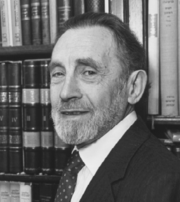




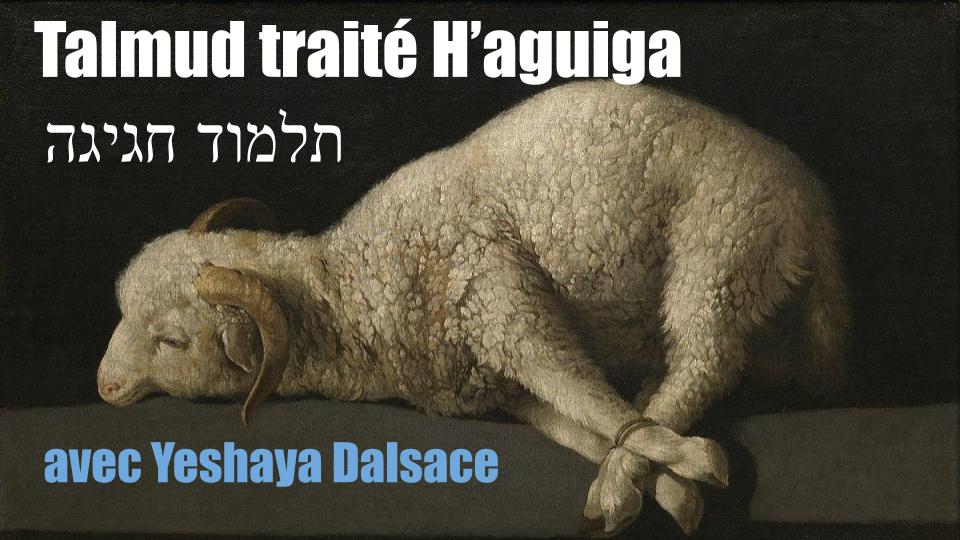
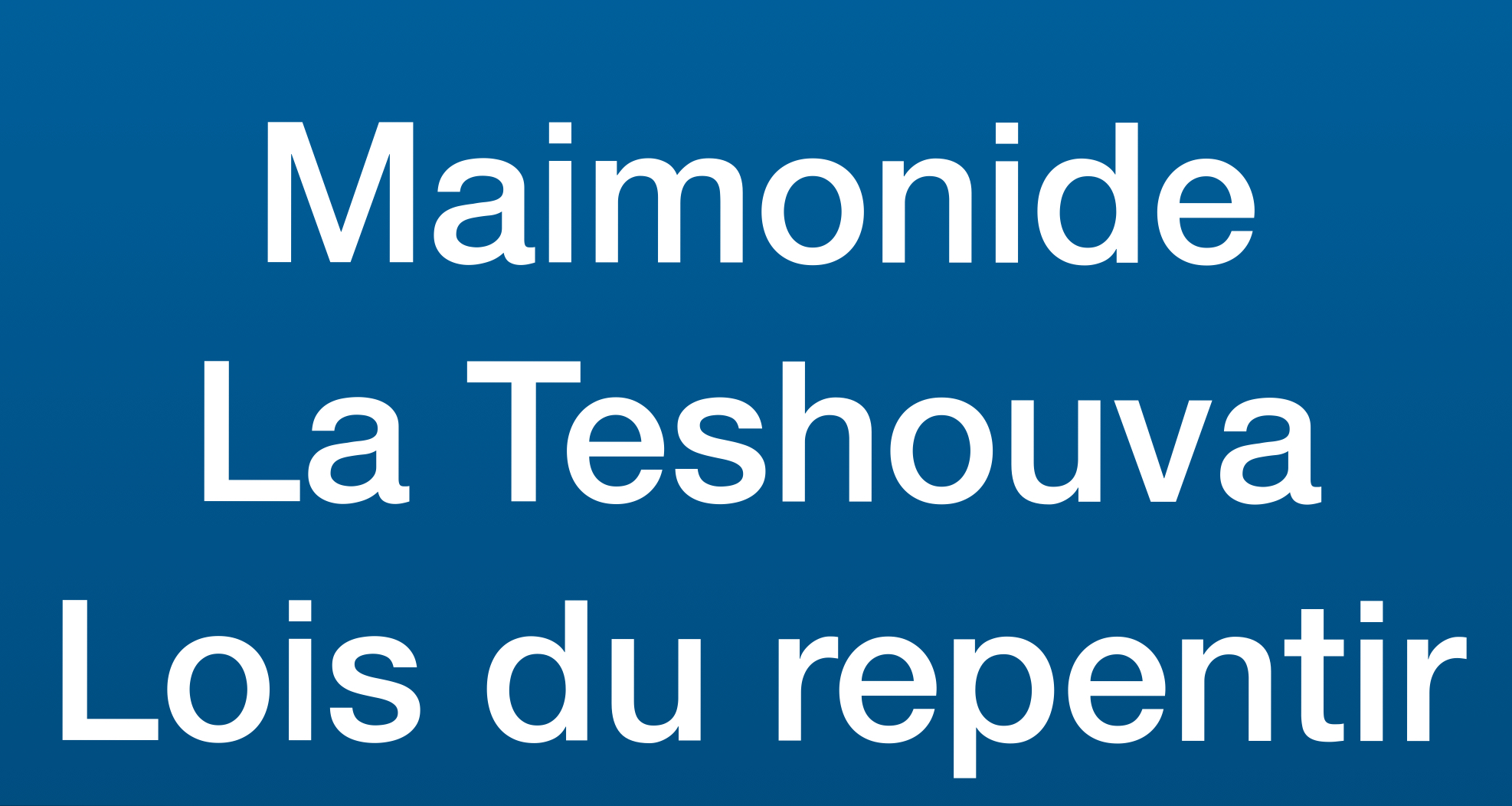
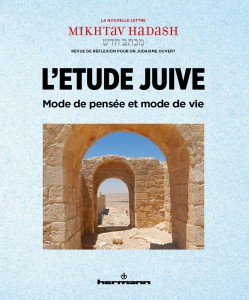
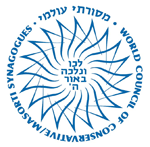
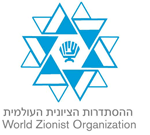
Messages
Bonjour,
Dans l’article que vous publiez au sujet de M. Halivni vous donnez 1928 pour date de naissance. D’autres sources donnent 1927 (Encycl. Judaica ; la Bibliothèque nationale et universitaire à Jérusalem...) Auriez-vous une certitude concernant l’une de ces 2 dates et serait-il possible de savoir sur quel source vous vous appuyez ?
Cordialement,
Eytan Grossfeld
Service hébreu
Bibliothèque nationale de France
La question se pose effectivement et David Weiss-Halivni se la pose lui-même. Sa naissance n’a pas été enregistrée… Si lui-même ne le sait pas (soit 1927 soit 1928) ce n’est pas nous qui allons le savoir.
Yeshaya Dalsace